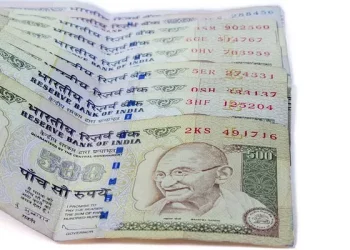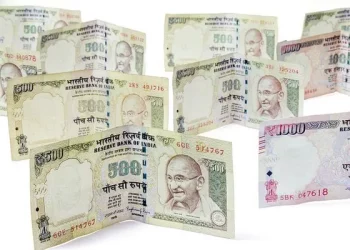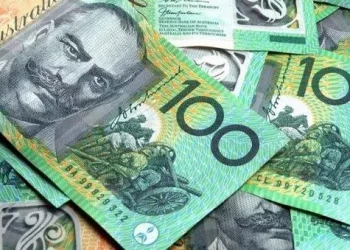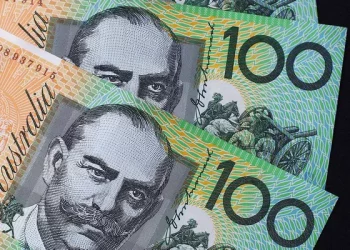The British pound sterling, also known as GBP, is one of the most widely traded currencies in the forex market. In this article, we will provide a comprehensive guide to understanding GBP in forex, including its history, key factors affecting its value, and trading opportunities.
History of GBP:
The pound sterling has a long history dating back to the Anglo-Saxon era, and it has been the official currency of the United Kingdom since 1694. The symbol for GBP is the pound sign (£), and it is divided into 100 pence.
Factors Affecting the Value of GBP:
-
Economic Data
Like all currencies, the value of GBP is influenced by a range of economic data, including GDP growth, inflation, and employment figures.
-
Political Developments
Political developments, such as elections and changes in government policy, can have a significant impact on the value of GBP.
-
Monetary Policy
The Bank of England‘s monetary policy decisions, such as interest rate changes and quantitative easing measures, can also affect the value of GBP.
Trading Opportunities with GBP:
-
Major Currency Pair
GBP is one of the major currency pairs in the forex market, and it is frequently traded against other major currencies, such as the US dollar (USD) and the euro (EUR).
-
Volatility
GBP is known for its volatility, which can create trading opportunities for forex traders who are able to identify trends and market movements.
-
Risk Management
Because of its volatility, trading GBP can be risky. However, traders can use risk management tools, such as stop-loss orders and position sizing, to limit their exposure to potential losses.
GBP is a major currency in the forex market, and its value is influenced by a range of economic, political, and monetary factors. Forex traders can take advantage of trading opportunities with GBP, but they should also be aware of the risks associated with its volatility. By understanding the key factors affecting the value of GBP and implementing sound risk management strategies, forex traders can trade GBP with confidence.




























